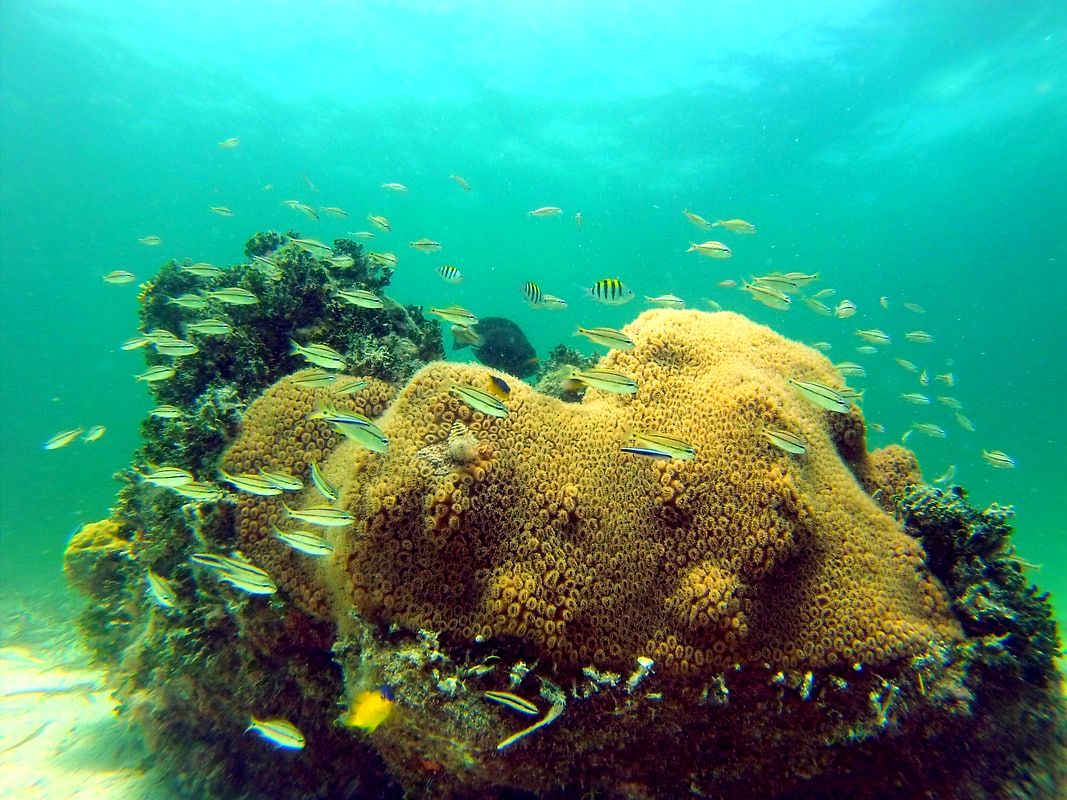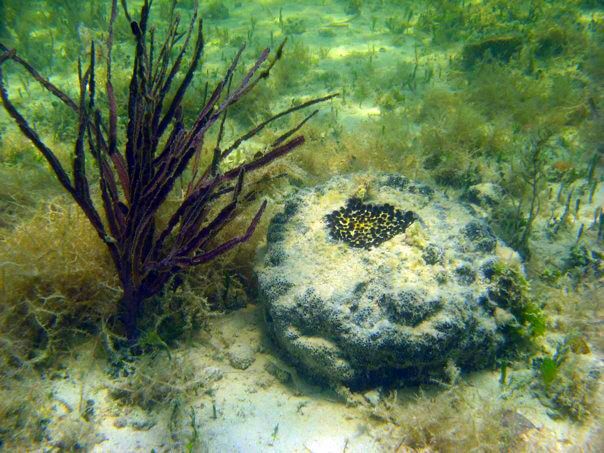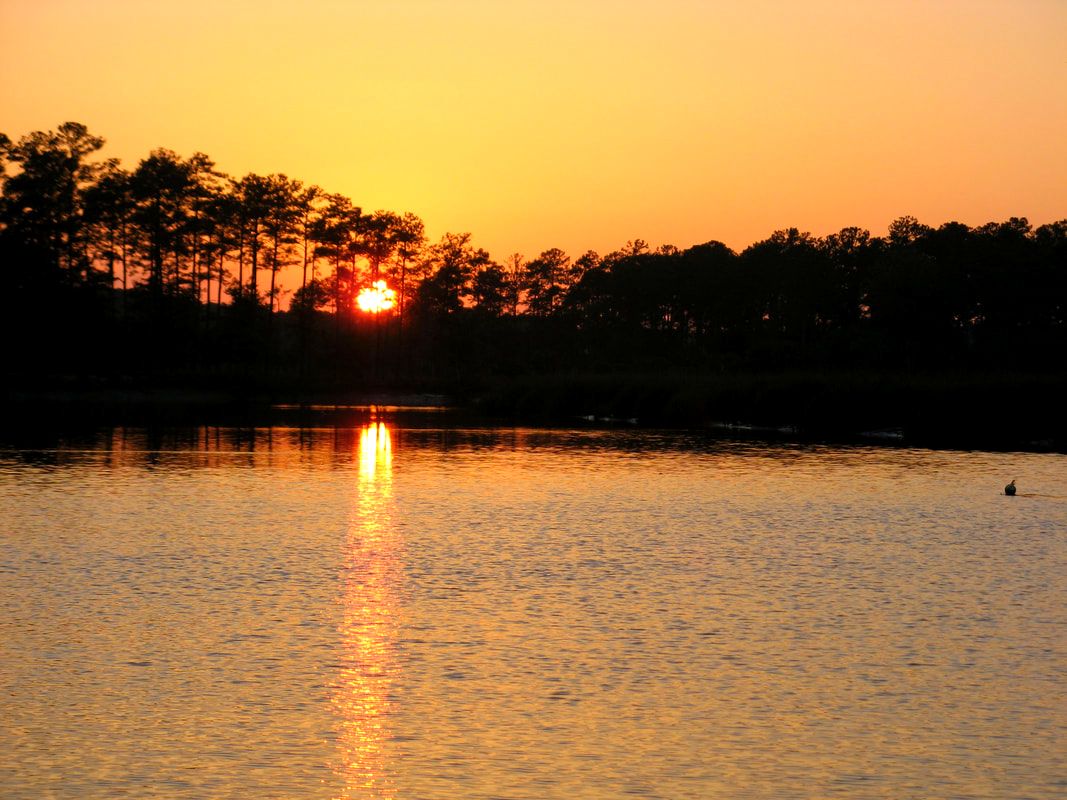|
Florida Reef Tract
We have been studying the nearshore patch and offshore reefs of the middle Florida Keys. These reefs are not as well developed as the Florida Reef tract off Key Largo or the Dry Tortugas due in large part to the inimical waters from Florida Bay. This means that corals in this region have been exposed to variable salinity and temperature for generations and may help us to understand the limits to coral resiliency in the Florida Keys National Marine Sanctuary.
|
Florida Bay
Florida Bay is the primary nursery habitat for many fishes and invertebrates in the Florida Keys in the Caribbean spiny lobster. Recent changes in water quality has led to harmful algal blooms, mass mortalities of seagrass and sponges, and a shift in benthic invertebrate composition. How lobsters and other shelter-dwelling invertebrates respond to this loss of structure is critical to our understanding of the health of Florida Bay.
|
ACE Basin NERR
The ACE Basin National Estuarine Research Reserve is one of the last underdeveloped salt-marshes along the Atlantic coast. Blue crabs are the top benthic predator and serve as an important keystone species in this highly variable estuarine system. Recent prolonged periods of drought have identified key links between rainfall, river flow, salinity, marsh grass die-back, blue crab disease and abundance. Forecasts models based on a standardized salinity index show promise in forecasting future blue crab landings.
|



